Executive Summary

MOL, Százhalombatta, Hungary
MOL -Group's Downstream Division operates 6 production units with a total capacity of 20.9 mtpa renfing and 2.1 mtpa petrochemicals with more than 1700 service stations under 8 brands in 11 Central European countries, all supported by a far-reaching logistics system and driven by Supply Chain Management. MOL's strategic aim is to further developing all its refineries, increasing the ratio of top quality motor fuel products and exploiting all the opportunities for organic growth on the basis of its excellent downstream knowledge. The company top priorities also include compliance with the latest environmental regulations and major projects aim at improving environmental cleanliness and product quality. MOL Group is the only refiner of petroleum products in Hungary, Slovakia and Croatia. All businesses are supported by cutting edge supply-chain optimization.
The Danube Refinery has been the only Hungarian MOL refinery to conduct crude distillation since 2001. The Refinery is located in Százhalombatta, close to Budapest. Its crude distillation capacity is 8.1 mtpa and complexity ratio is 10.6 (NCI). The Danube refinery is a complex refinery with deep conversion units, allowing the high yield of motor fuels and other valuable products from heavy and sour crudes.
This Danube Refinery set-out to improve their operation and decided to overhaul its maintenance systems with a new, united asset management system strategy. The on-line systems use FDT technology embedded in their device configuration and maintenance systems. PRM from Yokogawa enabling fast, simple and safe device configuration and diagnostics as an important part of their on-line maintenance system strategy.
By using PRM, it supports the field instrumentation maintenance activity providing information used to; identify the location of an asset problem, for device repair, and remotely accessing device information and changing the device configuration. Using the wealth of the available information, its goal was to improve maintenance processes, and human competencies and skills.
The Challenges and the Solutions
In Hungary the MOL production sites currently have about 30,000 smart devices the majority installed at the Danube location. Devices at the Danube refinery are connected to an on-line system using both HART and FOUNDATION™ fieldbus field digital communication technology- many of these having DTMs (see Pic 1.) that provide simple and fast information access which is traceable-documenting device status and changes. In the 15 key production units, there are 3,855 instruments connected to the computerized maintenance management system (CMMS). The maintenance staff, including engineers and technicians benefit from having quick access to information that provides early warning of potential problems.
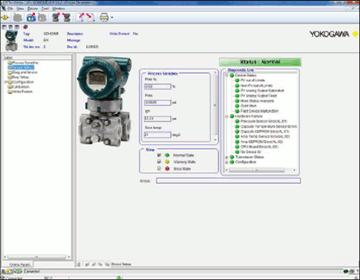
Picture 1. Screen view of Yokogawa EJA DTM
Using a combination of the device DTM (similar to a device driver that is included with a new printer) and the PRM device management tool (examples of a frame application), it is able to: diagnose problems with smart devices, perform loop checks, modify the configuration and get a visual overview (range, alarms, etc.) of the device. This information is available from a safe and secure location which reduces the number of trips into the production area and provides faster response to potential problems.
The frame applications and DTMs support the preventive maintenance strategy with self-diagnostic and condition monitoring. Examples: by reading the cell temperature of a pressure transmitter, they check the impulse-line heaters. This is critical in order to avoid slow-downs or a shut-down of production. Also, reading the set-point and the current travel of control valves by accessing information in the valve positioners, they are able to know the status of the valve's condition. Reading other parameters such as drive-signal (or drive current), supply pressure and cycle-count, they are able to have information that helps troubleshoot and prevent problems. This information is unique and essential to make on-time decisions in order to avoid slow-downs or shut-downs (see Pic 2).
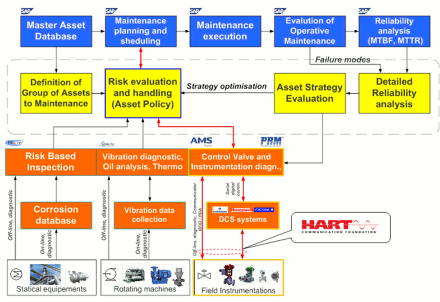
Picture 2. Maintenance structure from
the equipment's level up to the CMMS
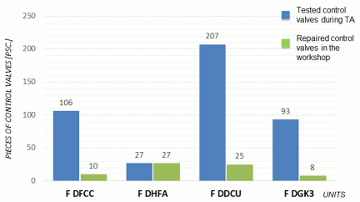
Picture 3. Significant reduction in the number
of control valves during the turnaround
"We gather information before a turnaround using device diagnostics, which in the case of control valves, saves us $20,000- $70,000 per turnaround-making us more predictive and proactive and less reactive. Using diagnostic tools we select the bad actors and remove just the poor performers " says Bereznai. "The DTM provides fast detailed device checks with a visualized faceplate and simple to understand device overview." As shown in the chart Pic 3., there is a significant reduction in the number of control valves that have to be removed, repaired and replaced during a unit turnaround. Before and during each scheduled turnaround, each valve's diagnostic are checked to determine which control valve's actually need to be repaired during the turnaround; saving both time and money.
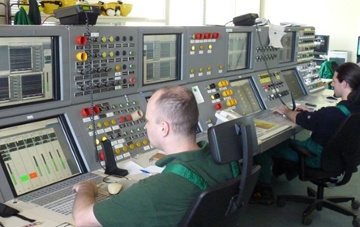
Picture 4. Unit operators in front of Yokogawa CS3000 HMI in CCR unit
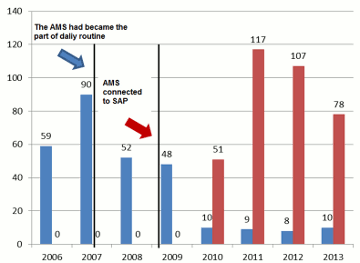
Picture 5. Control valve related manual and
automatic work orders in Delayed Cooker unit
In the following example tells you where the usage of Field Instrumentation Maintenance System (FIMS) had became the part of the daily routine. In MOL Delayed Cooker Unit FIMS was connected to the SAP-PM here the corrective manually entered work orders were replaced by FIMS generated work notifications. These notifications are preventive actions comparing the unit operators entered mostly reactive type work notifications. Since 2010 the number of manually entered work orders are stagnating that gives us a positive feedbacks about the effective usage of the on-line control valve diagnostic system in this unit.
In today's economic situation of reduced maintenance budgets and manpower, it is reasonable to look for non-traditional ways to remain competitive. A change in maintenance strategy from reactive to predictive is not easy. A change to improved or proactive asset management is not easy. Using the intelligence in the installed measurement assets could provide big returns on the investment. The old saying, it takes a village to raise a child, also applies to automation- it takes the entire plant operation to improve plant reliability and performance. Integrating intelligent device information, providing the tools to access the information and training the human resources- maintenance technicians, engineers, unit operators and management- to more fully understand and use this valuable information is part of their future plans. The image above demonstrates the significant benefit in the reduction of control valve maintenance costs without and with the use of intelligent device diagnostics.
FDT technology provides the core element of effective asset management system. By being supplier, protocol and system independent, it provides a window into the intelligent measurement devices that have a direct influence on the profitability and availability of the operation. As in the case of MOL, plant performance can be significantly improved if users are willing to access and use the intelligent device information for more than just configuration.
Customer Satisfaction
According to Gábor Bereznai, MOL instrumentation and electrical department head, " I would like to emphasize that the FDT technology is one portion of the total solution which includes several systems developments. I think many companies, including the big ones, often underestimate the need to improve both the process and the human side of the activity. That's why many times they are not able to fully utilize the benefits of available and installed technology." Gábor comments on the importance of provided people with the information they can use to maximize their performance.
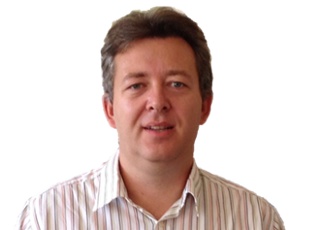
Gábor Berenznai
Head of Instrumentation and
Electrical Engineering
Related Industries
-
오일 및 가스관련 다운스트림
석유 및 가스 산업은 최근 몇 년간 어려움이 커지고 있습니다. 여기에는 처리할 원료의 변화하는 특성, 공정 설비 및 장비의 고령화, 에너지 비용의 상승, 정유 공장을 안전하고 효율적으로 운영할 수 있는 숙련 된 플랜트 운영자의 부족, 그리고 시장과 시장의 끊임없이 변화하는 요구 사항이 포함됩니다.
지난 수년간 Yokogawa와는 많은 어려움을 겪고 있는 산업 솔루션을 제공하기 위해 여러 다운스트림 회사와 파트너 관계를 맺어 왔습니다. Yokogawa의 VigilantPlant 솔루션은 플랜트 소유자가 플랜트 내에서 최대한의 수익성과 지속 가능한 안전을 달성하도록 도왔습니다.
-
정유
끊임없이 변화하는 시장에서 정유설비는 원유 처리 장치뿐만 아니라 이익센터로도 인식됩니다. 동시에 그러한 시설에서 안전의 필요성에 대한 각별한 인식이 있습니다. 계획, 스케줄링, 관리 및 제어를 포함하는 총 생산 솔루션은 수익성, 효율성 및 환경 보호를 위한 장기 목표를 달성하는 데 필요합니다. Yokogawa는 자동화 분야에서 수년간 축적 된 전문성을 바탕으로 보다 향상된 작업성 및 보다 깨끗한 세상을위한 효율적인 솔루션을 제공합니다.
Related Products & Solutions
-
Plant Resource Manager (PRM)
신뢰성 높고 안정적인 플랜트 운영을 위해 설비를 제대로 관리하고 계신가요? PRM은 플랜트 수명 주기 전반에 걸쳐 유지보수 계획의 품질을 개선하고 유지보수 비용을 최적화하는 데 기여합니다.
-
필드 업그레이드
요꼬가와의 전문가들은 필드 업그레이드 과정의 모든 단계에서 경험이 있습니다. 요꼬가와는 컨설팅 서비스를 통해 최적의 마이그레이션 및 업그레이드 전략을 수립 할 수 있습니다.
